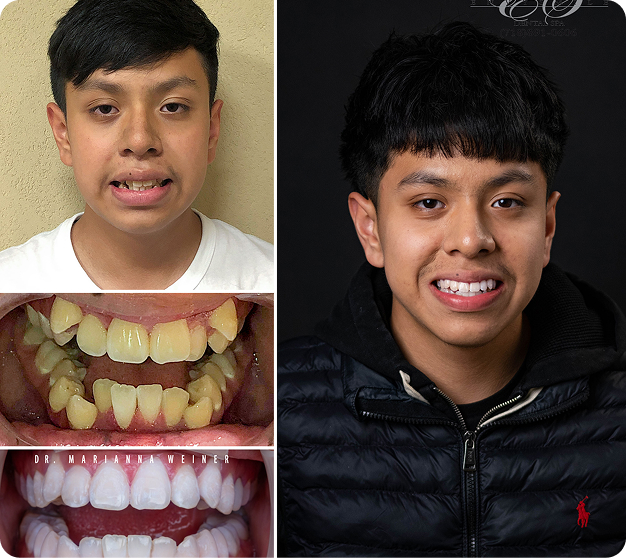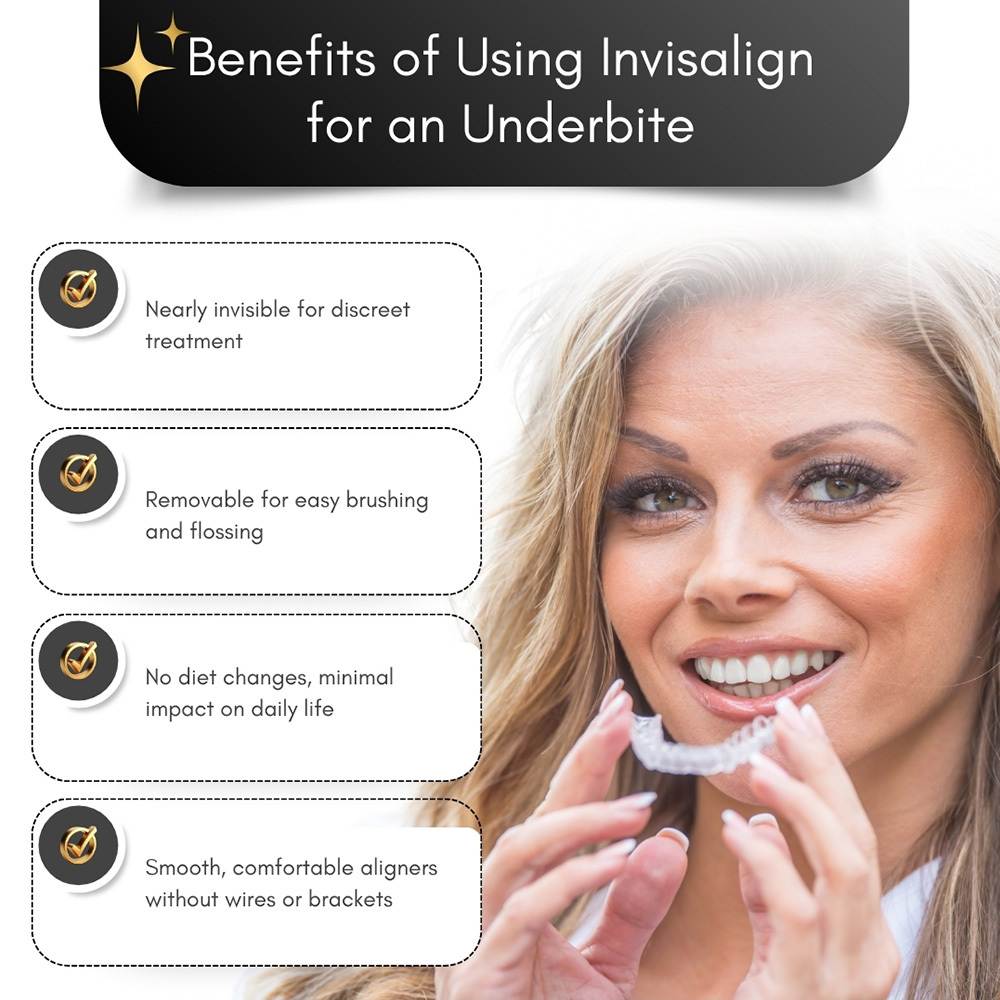What Is Invisalign?
Traditional orthodontics uses fixed braces, but Invisalign is a removable aligner system. The aligners are made from clear, BPA-free plastic and fit tightly yet comfortably over your teeth. Treatment has little effect on everyday activities and provides excellent and predictable results.
This article answers some common questions about underbites and the problems that may arise if you don’t address them. We discuss how Invisalign could help treat this problem and the treatment process.
What Is an Underbite?
An underbite is caused when your lower jaw is positioned too far forward. When you bite down, your upper front teeth will bite inside your lower front teeth. Ideally, these teeth should bite outside of your lower front teeth when properly aligned.
An underbite is also called a class III malocclusion. The medical term for an underbite is prognathism.
Having an underbite can affect your appearance, making you feel self-conscious or lacking self-confidence. It can also cause oral health problems.
What Can Cause an Underbite?
Several factors can cause an underbite, including the following.
- Genetics is a common cause of an underbite, so you may notice family members have a similar problem and jaws and teeth that are similarly shaped.
- Tongue thrusting, where you push on your teeth with your tongue, can cause an underbite.
- Using a pacifier past age three or sucking your thumb.
- Using a bottle beyond infanthood.
- Trauma or injury to the face can damage jawbones. These bones can be surgically realigned but may result in an underbite.

Should I Fix an Underbite?
Some underbites are quite mild, may not cause any symptoms, and are virtually unnoticeable. In this case, you may not wish to receive treatment. If you wish to have treatment, then it’s more cosmetically oriented.
If you have a more severe underbite, it can create a bulldog-like appearance and cause other problems, which include:
- Problems with speaking.
- Facial pain due to jaw misalignment.
- Difficulty biting and chewing food properly.
- Poor oral hygiene.
- Increased tooth wear and tear and tooth decay.
- Jaw joint disorders or TMD.
Using Invisalign to correct these problems can help enhance your facial appearance.
You may also find your teeth are easier to keep clean, and there is less stress and strain on your teeth, jaws and facial muscles.
How Can Invisalign Treat an Underbite?
Invisalign can treat certain kinds of underbites very successfully. However, if your underbite is more severe, it may require another treatment option, including surgery to reposition your lower jaw. Sometimes, Invisalign will be combined with other treatments to correct an underbite successfully.
When you use Invisalign to correct an underbite, your aligners will be custom-designed to gently reposition your teeth, correct your bite, and reduce alignment problems.
Invisalign can also be used to treat other types of bite alignment issues, depending on your specific case.
- Invisalign for Overbite
- Invisalign for Crossbite
- Invisalign for Crowded Teeth
- Invisalign for Gap Teeth
- Invisalign for Open Bite
Patient Experience
Invisalign Process for Treating Underbites
The process for treating an underbite with Invisalign is as follows.
- A dental exam and consultation with our Invisalign provider will assess if Invisalign can help correct your underbite. At this point, we can let you know if Invisalign alone is required or if you may need other treatments like teeth retainers instead of or as well.
- The next step is to have a 3-D digital scan of your teeth, creating a virtual model of your mouth. Brooklyn Invisalign Center use this digital scan to plan your treatment, carefully assessing how each tooth must move to realign your bite.
- Invisalign software creates digital images of the predicted results, which you can view before you begin. Viewing these images helps prepare you for the results and ensures you are happy with the predicted outcome before we make your aligners.
- Once you approve the plan, we will fabricate your aligners, and you will wear them almost full-time. Although you can remove the aligners, it’s best to only do so for meals and oral care. They must be worn for at least 20 and ideally 22 hours daily.
- After two weeks, you throw away your current aligners and start wearing your next set. These will continue moving your teeth, and you follow this routine until your teeth are straightened.
- Regular checkups are needed, so you must return to see us every 6 to 8 weeks. These checks are quick and painless and ensure treatment is progressing as planned.
“ Great experience, they were very thorough about my scan and what to expect with the timeline of the invisalign. Staff is very friendly. Camera man made me laugh through the process. I definitely recommend. “

Yvette Merced Invisalign Patient
How Long Will Treatment Take?
It all depends on the severity of your underbite. If you only have a slight underbite, you could complete treatment in three or four months. Most people will finish treatment within a year, which is quicker than with traditional metal braces.
However this does depend on good compliance, as you must wear your aligners as directed.
Comparison of Invisalign and Other Orthodontic Appliances
- Invisalign vs Breezy Braces
- Invisalign vs SureSmile
- Invisalign vs Clear Braces
- Invisalign vs Traditional Braces
Benefits of Using Invisalign for an Underbite
The benefits of choosing Invisalign to correct your underbite include the following.
- Discreet treatment. Invisalign aligners are almost invisible when in the mouth. You have to look closely to see them.
- Easy oral care. You remove your aligners whenever you need to brush your teeth or floss. There is no need to use any special tools or spend longer cleaning your teeth thoroughly.
- Convenience. Invisalign treatment is easy and convenient, with no need to change your diet and little impact on everyday life.
- Comfortable. The aligners are made from smooth plastic with no brackets or wires to dig into your cheeks, gums, or lips.

Related Articles
- Invisalign Alternatives
- Invisalign Candidates
- Invisalign for Front Teeth Protrusion
- Invisalign for Teeth Straightening
- Invisalign Cost and Financing
- Invisalign for Uneven Bite
If your underbite is bothering you and you’d like to correct it, schedule an appointment to see our orthodontist. We can assess your bite, discuss your aims and desires for treatment, and recommend a suitable treatment.
Mild to moderate underbites can often be corrected with Invisalign. If not, we can discuss other options. Contact our Invisalign clinic at (718) 375-3757 to book a consultation with our orthodontist Dr. Simons.

